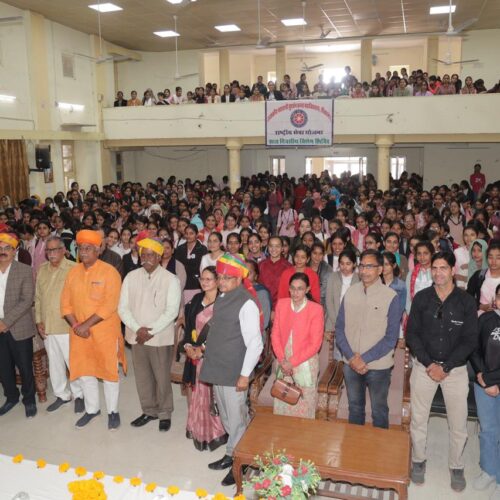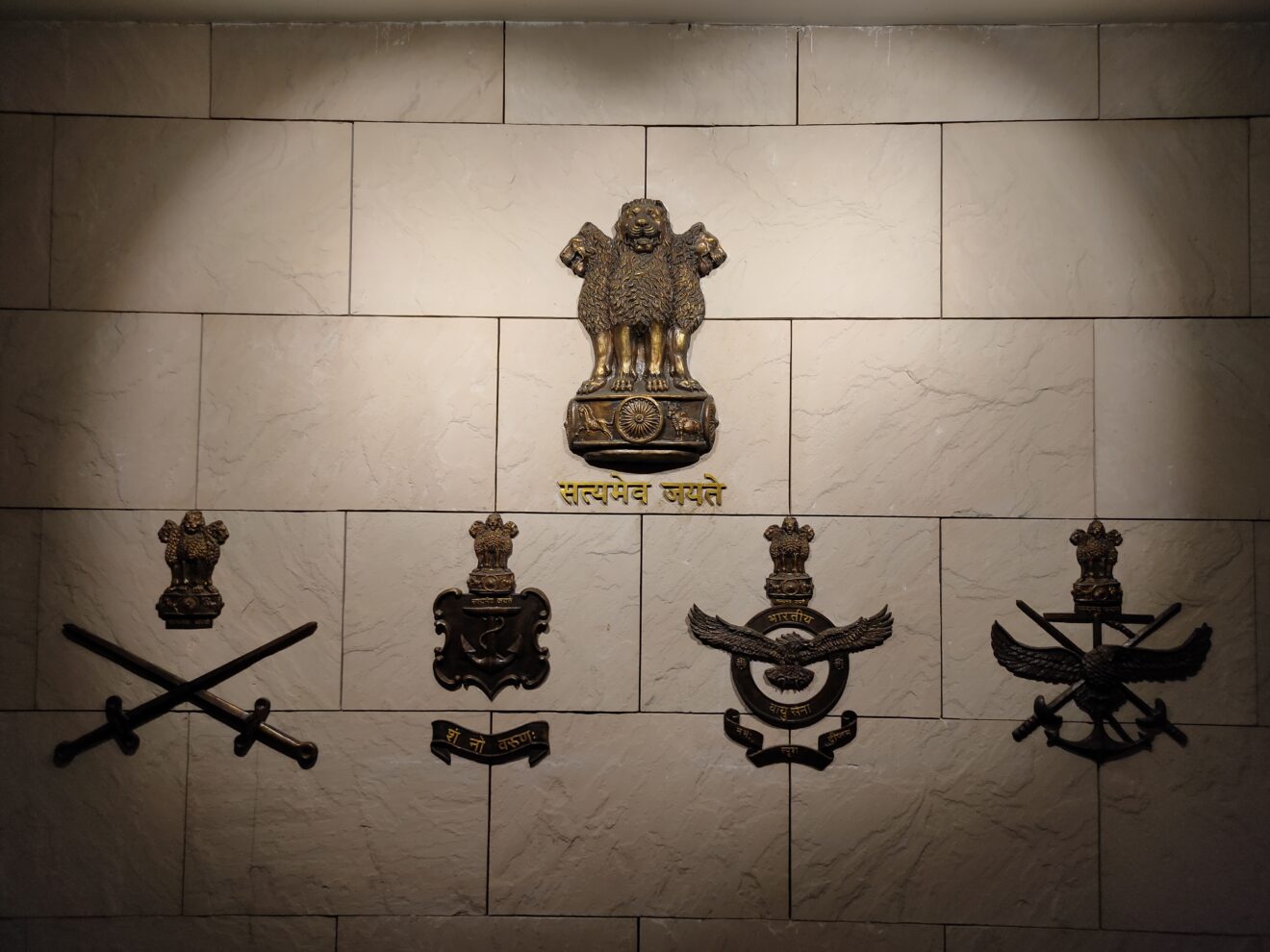BY DEFENCE JOURNALIST SAHIL | T.I.N. NETWORK
Indian Army Secures Patent for AI-Powered Automatic Target Classifying System, Developed by Col Kuldeep Yadav
New Delhi | September 10, 2025
In a landmark achievement that showcases India’s growing technological prowess in defence innovation, the Indian Army has been successfully granted a patent for its in-house invention — the Automatic Target Classifying System based on Artificial Intelligence. The breakthrough technology is designed to autonomously identify and classify targets on radar without requiring human intervention, thereby revolutionising operational efficiency on the battlefield.
A Step Towards Military-Tech Transformation
This patent reflects the Indian Army’s increasing focus on indigenous innovation, self-reliance, and modernisation in line with the Atmanirbhar Bharat vision. The system, conceived and developed by Colonel Kuldeep Yadav, represents a leap forward in merging military requirements with cutting-edge AI technology. By granting the Army complete autonomy in classifying targets, the system is expected to reduce human error, enhance accuracy, and speed up decision-making during high-pressure combat scenarios.
Speaking about the development, senior defence officials highlighted that the patent underscores the Army’s determination to embrace digital warfare capabilities. “Automatic Target Classifying System is a force multiplier. It enhances our situational awareness and ensures real-time threat assessment with unmatched precision,” said an Army source.
How the System Works
The innovation leverages Artificial Intelligence algorithms integrated with radar feeds to independently distinguish between different types of aerial and surface targets. Instead of relying solely on human operators, who may be overburdened during large-scale operations, the AI system filters radar inputs, identifies patterns, and classifies potential threats.
- Autonomous Target Recognition: Eliminates the risk of delayed detection.
- Reduced Human Dependence: Frees up operators for higher-order decision-making.
- Enhanced Accuracy: AI-driven models reduce classification errors during complex air or land engagements.
- Scalability: Can be adapted for air defence systems, naval radars, and ground-based sensors.
Such a system holds immense potential in scenarios involving multiple incoming threats, such as drone swarms, cruise missiles, or mixed aircraft formations, where speed and accuracy of classification can determine the success of defence measures.
The Innovator: Colonel Kuldeep Yadav
Colonel Kuldeep Yadav, the officer credited with this innovation, exemplifies the Indian Army’s commitment to fostering innovation within its ranks. His contribution marks a strong message that operational expertise, when combined with scientific innovation, can result in path-breaking indigenous solutions. His work also highlights the Army’s evolving culture of supporting officer-driven research and development, encouraging military personnel to engage with new-age technologies such as AI, robotics, and machine learning.
Strategic Significance
The timing of this patent is crucial. As modern warfare increasingly shifts towards hybrid and technology-intensive domains, India’s ability to field homegrown AI-powered solutions positions it strategically ahead of adversaries. The system’s application is not limited to the Army alone — it could be integrated across the Navy and Air Force platforms, making it a tri-service enabler.
Defence experts note that the innovation enhances India’s preparedness against emerging threats like drone warfare, stealth platforms, and cyber-augmented attacks. “In an era where milliseconds matter, AI-driven classification systems provide the Indian Army a decisive edge,” said a retired Lieutenant General.
Atmanirbharta in Action
This innovation is more than just a patent — it is symbolic of India’s defence establishment transitioning from being a technology importer to becoming a producer of advanced systems. By embedding AI into radar operations, the Army is not only improving its efficiency but also reducing dependence on foreign technologies, which often come with vulnerabilities and restrictions.
The success of this project reaffirms the Indian Army’s determination to integrate Atmanirbharta into its operational philosophy and to remain at the forefront of indigenous innovation.
BY DEFENCE JOURNALIST SAHIL | T.I.N. NETWORK
भारतीय सेना को मिला एआई आधारित ‘ऑटोमैटिक टारगेट क्लासिफाइंग सिस्टम’ का पेटेंट, कर्नल कुलदीप यादव ने किया विकास
नई दिल्ली | 10 सितम्बर 2025
भारतीय सेना ने स्वदेशी नवाचार के क्षेत्र में एक बड़ी उपलब्धि दर्ज की है। सेना को अपने इन-हाउस विकसित आर्टिफिशियल इंटेलिजेंस आधारित ऑटोमैटिक टारगेट क्लासिफाइंग सिस्टम का पेटेंट मिल गया है। यह अत्याधुनिक तकनीक राडार पर दिखने वाले लक्ष्यों की स्वतः पहचान और वर्गीकरण कर सकती है, जिसमें किसी मानवीय हस्तक्षेप की आवश्यकता नहीं होती। इस उपलब्धि से सेना की परिचालन क्षमता और गति दोनों में क्रांतिकारी सुधार होगा।
सैन्य-तकनीक में आत्मनिर्भरता की दिशा में बड़ा कदम
यह पेटेंट प्रधानमंत्री नरेंद्र मोदी के आत्मनिर्भर भारत अभियान के अनुरूप सेना के तकनीकी आत्मनिर्भरता की ओर उठाए जा रहे कदमों को रेखांकित करता है। इस प्रणाली को कर्नल कुलदीप यादव ने विकसित किया है। यह न केवल सेना के लिए बल्कि पूरे रक्षा पारिस्थितिकी तंत्र के लिए एक महत्वपूर्ण उपलब्धि है।
सेना के वरिष्ठ अधिकारियों ने इसे एक “गेम चेंजर” बताते हुए कहा कि इस प्रणाली के जरिए युद्धक्षेत्र में वास्तविक समय में सटीक जानकारी मिल सकेगी और निर्णय लेने की प्रक्रिया में गति आएगी।
कैसे करता है काम?
यह प्रणाली आर्टिफिशियल इंटेलिजेंस एल्गोरिद्म के जरिए राडार से मिलने वाले इनपुट का विश्लेषण करती है और स्वतः यह तय करती है कि कौन-सा लक्ष्य किस प्रकार का है।
- स्वत: लक्ष्य पहचान: पहचान में किसी देरी की संभावना नहीं।
- मानवीय निर्भरता कम: ऑपरेटर को अतिरिक्त बोझ से मुक्त करता है।
- अधिक सटीकता: जटिल परिस्थितियों में भी गलतियों की संभावना घटती है।
- विस्तृत उपयोग: इसे वायुसेना, नौसेना और थलसेना की विभिन्न राडार प्रणालियों में भी जोड़ा जा सकता है।
यह प्रणाली विशेष रूप से तब उपयोगी है जब दुश्मन कई ड्रोन, मिसाइल और विमानों को एक साथ भेजे। ऐसे हालात में पलक झपकते निर्णय लेना जरूरी होता है और यह तकनीक उसी को संभव बनाती है।
नवाचार के पीछे का नाम
इस महत्वपूर्ण तकनीक को विकसित करने का श्रेय कर्नल कुलदीप यादव को जाता है। यह सेना में नवाचार को बढ़ावा देने की सोच को दर्शाता है, जहां अधिकारी स्वयं शोध और तकनीकी विकास में योगदान दे रहे हैं। यादव का यह योगदान आने वाली पीढ़ियों के लिए प्रेरणा बनेगा।
सामरिक महत्व
आधुनिक युद्ध अब हाइब्रिड और तकनीक आधारित होता जा रहा है। ऐसे समय में भारतीय सेना का यह स्वदेशी नवाचार इसे रणनीतिक रूप से मजबूत बनाता है। विशेषज्ञों का कहना है कि भविष्य में यह प्रणाली ड्रोन युद्ध, स्टेल्थ तकनीक और साइबर हमलों जैसी चुनौतियों से निपटने में महत्वपूर्ण भूमिका निभाएगी।
आत्मनिर्भर भारत का प्रतीक
यह पेटेंट केवल एक तकनीकी उपलब्धि नहीं है, बल्कि यह भारत की बदलती रक्षा सोच का प्रतीक है। अब भारत विदेशी तकनीकों पर निर्भर रहने के बजाय स्वयं अत्याधुनिक रक्षा प्रणालियां तैयार कर रहा है।














Add Comment